Waiting on High Waters — Louisiana Prepares for the Mississippi Flood (Updated 5/16)
Emergency spillways will be used to shepherd the river to the sea.
By Brett Walton
Circle of Blue
5/16/11 Update: On Saturday, the U.S. Army Corps of Engineers opened two bays on the Morganza spillway, marking the first time the gates have been opened since 1973. On Sunday, seven additional bays were opened, transferring a portion of the swollen Mississippi River into the 150-mile long Atchafalaya Basin.
Residents living within the spillway are beginning to leave their homes. CNN reports that authorities in St. Landry Parish ordered a mandatory evacuation for 2,000 people in the area.
The Corps now estimates that only a quarter of the 125 gates will be used because of lower forecasts for the flood crest. The Times-Picayune reports that 125,000 cubic feet per second (cfs) will eventually be diverted through the Morganza to keep the river’s flow in New Orleans from rising above 1.25 million cfs.
On the Mississippi’s left bank in eastern Louisiana, the Bonnet Carre spillway is now operating with 330 of its 350 bays open. All of the bays will be used by the end of the week.
5/14/11: As the Mississippi River flood crest rolls southward, the U.S. Army Corps of Engineers is watching river gauges in anticipation of opening a rarely used spillway in Louisiana. The intention is to take pressure off the levee system and prevent major flooding in the state’s population centers, Baton Rouge and New Orleans.
Built in 1954, the Morganza spillway diverts surplus water from the Mississippi River to the Atchafalaya River Basin. It has been used just once before, in 1973. The decision to open the spillway gates is based on the flow of the Mississippi at a location slightly upstream, at Red River Landing.
When the river discharge surpasses 1.5 million cubic feet per second (cfs), the Corps will recommend the diversion. That amount of water would fill 14 Olympic-sized swimming pools every second.
As of Friday morning, the discharge at Red River Landing was 1.45 million cfs, meaning a decision on the spillway will likely come this weekend. Ultimate approval rests with the president of the Mississippi River Commission, a body established by Congress in 1879 to manage the river.
“Using the Morganza spillway should keep the system within its margins,” said Mike Petersen, a press officer with the Corps. Petersen told Circle of Blue that the 125 gates would be opened in phases and not all would be used. Flood projections from the Corps assume that the spillway would be operated at half capacity by the time the river crests in lower Louisiana on May 23.
The Corps has already opened the Bonnet Carre spillway in eastern Louisiana to channel water to the Gulf of Mexico through Lake Pontchartrain.
At a press conference in Baton Rouge on Wednesday, Louisiana Gov. Bobby Jindal urged residents living in the Morganza spillway area to be ready for evacuation.
“People in those areas that are shown to be inundated by the opening of the spillway should not wait,” Jindal said. “Don’t wait for an official notice from the Corps on the opening of the spillway. Act now and be prepared as if this will happen. It is better to be over-prepared. Now is the time to make sure you take every step you can to get ready for this event.”
Jindal said data from the Corps shows that 2,500 people live in the spillway area. Some 22,500 live in backwater areas that could also flood.
Residents in Morgan City—the largest town that would be affected, which is home to 12,000 people—are filling sandbags to shore up levees on the backside of the city. The downtown is protected by a 22-foot-tall seawall, but the extra water coming down the Atchafalaya will back up along local bayous and the Intracoastal Waterway, coming at the city from the rear where the levees are only six feet (though sandbags have increased the height by two feet).
“We’re sitting tight and filling up our levees,” said an employee at Morgan City’s planning and zoning department who did not want to be named. “We’re waiting on the Feds and the Corps to see how many bays [on the Morganza] will be open.”
Besides the flooding, opening the spillway will force some natural gas and oil drilling operations in the flood zone to halt. Six wells have already been shut down, and the Alon refinery in Krotz Springs will close once water enters the spillway, according to the governor’s office. Yesterday, however, Alon officials said they would build a levee around the 80,000-barrel per day refinery to keep operations running, Reuters reports.
Additionally, a portion of State Route 1 which crosses the spillway will also be closed.
The Army Corps has daily flood updates on its website, as does the U.S. Geological Survey and the Louisiana Governor’s Office.
Brett writes about agriculture, energy, infrastructure, and the politics and economics of water in the United States. He also writes the Federal Water Tap, Circle of Blue’s weekly digest of U.S. government water news. He is the winner of two Society of Environmental Journalists reporting awards, one of the top honors in American environmental journalism: first place for explanatory reporting for a series on septic system pollution in the United States(2016) and third place for beat reporting in a small market (2014). He received the Sierra Club’s Distinguished Service Award in 2018. Brett lives in Seattle, where he hikes the mountains and bakes pies. Contact Brett Walton

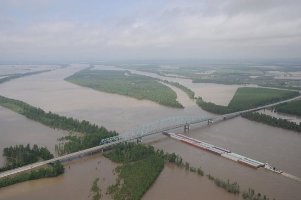

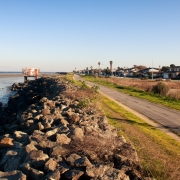
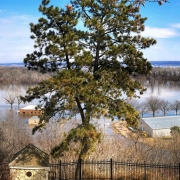
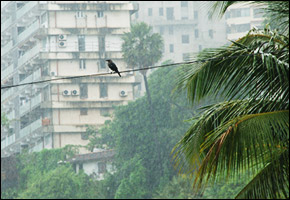
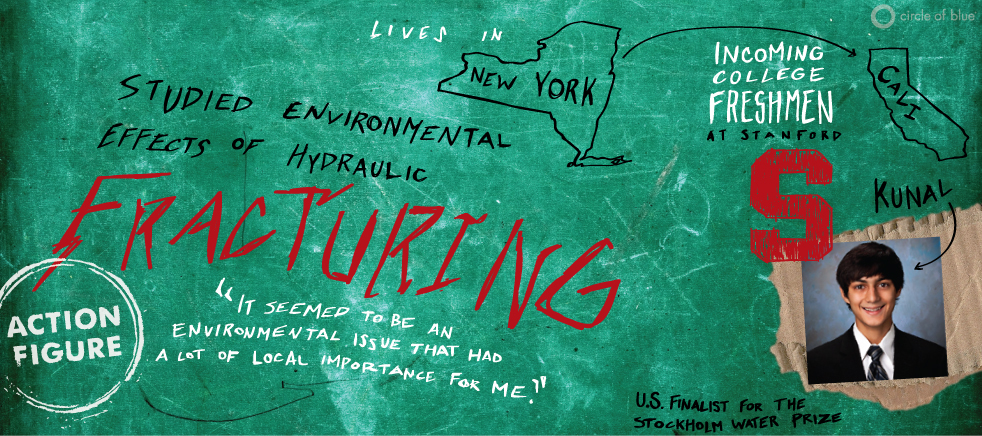


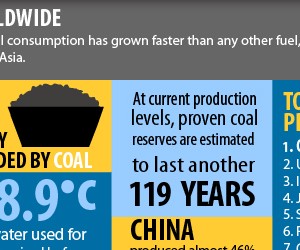
Is FEMA on the ground?